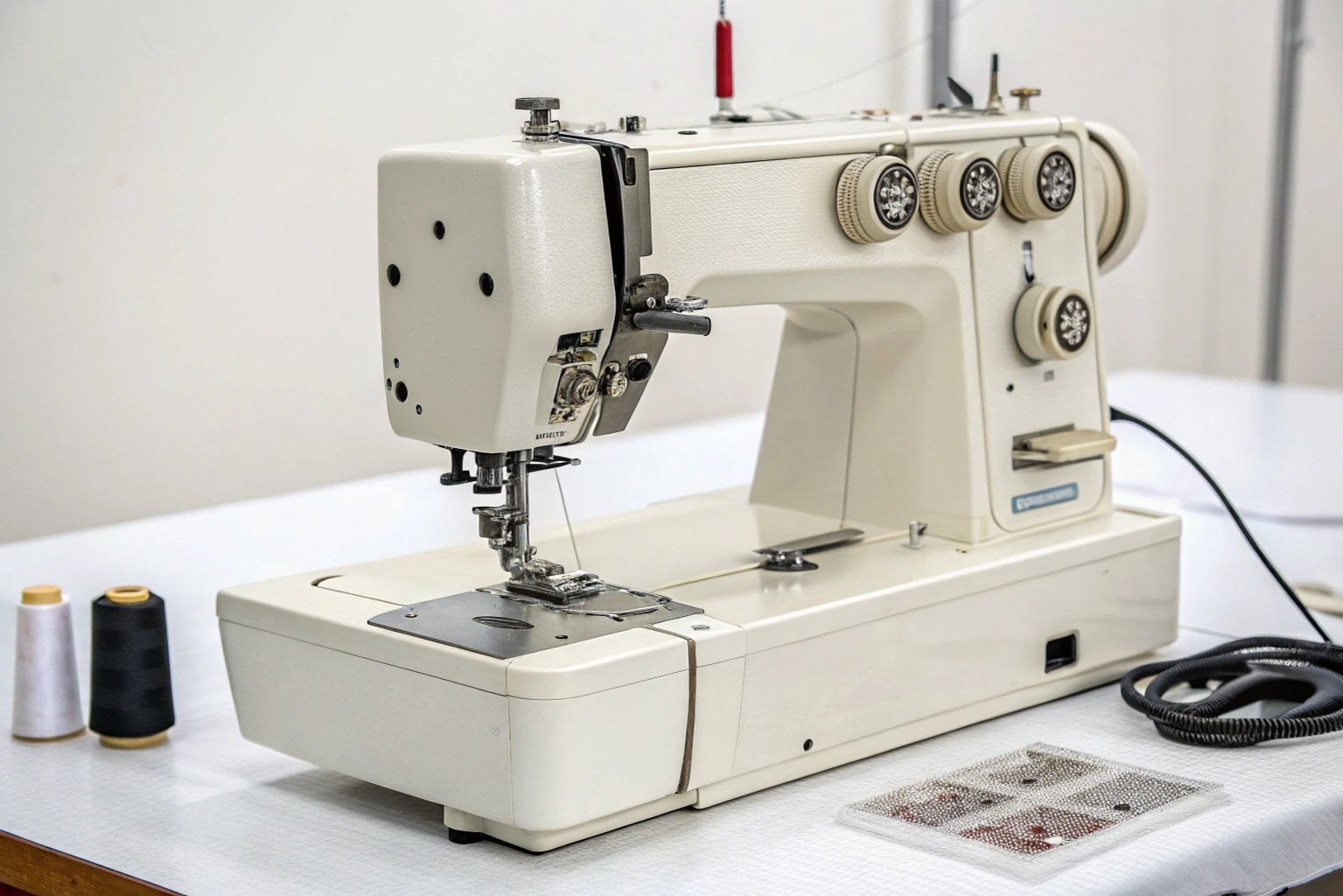Are your plastic slippers falling apart? It’s frustrating when the sole separates from the upper. Don’t worry, there are solutions!
There are several ways to connect the sole and upper of plastic slippers. The main methods include gluing, molding, and sewing. Each method has its own advantages and disadvantages in terms of durability, cost, and aesthetics.

If you want to know more about these methods, keep reading. I’ll explain how each connection method works.
What is the gluing method for connecting the sole and upper of plastic slippers?
Is your glue gun ready? The gluing method is a common way to attach soles to uppers. But, is it strong enough?
The gluing method uses adhesives to bond the sole and upper. This is a popular choice because it’s relatively inexpensive and easy to implement. However, the durability depends heavily on the quality of the adhesive and the materials being bonded.

Let’s dive into the details of gluing. There are different types of glue for plastic slippers, such as solvent-based adhesives, water-based adhesives, and hot melt adhesives. Each glue has different properties, like strength, drying time, and resistance to heat and water.
| Adhesive Type | Strength | Drying Time | Water Resistance | Heat Resistance | Cost |
|---|---|---|---|---|---|
| Solvent-Based | High | Medium | Good | Good | Moderate |
| Water-Based | Medium | Long | Poor | Poor | Low |
| Hot Melt | Medium | Short | Fair | Poor | Moderate |
When choosing glue, it’s important to consider the type of plastic used for the sole and upper. Some plastics are harder to bond than others. Surface preparation is also key. Cleaning and roughening the surfaces before applying glue can significantly improve the bond strength. In my experience, proper ventilation is a must when using solvent-based adhesives. The fumes can be quite strong, and safety is always the priority. Also, remember that the best glue for the job isn’t always the cheapest. Investing in a quality adhesive can save you headaches down the road.
What is the molding method for connecting the sole and upper of plastic slippers?
Is one-piece construction the best way to go? The molding method creates a seamless bond between the sole and upper. But is it right for you?
The molding method involves injecting molten plastic into a mold to form both the sole and upper simultaneously. This creates a strong, integrated bond with no seams or stitching. It is often used for EVA and PVC slippers.

Let’s explore the molding process in more detail. There are a few different types of molding techniques used in slipper manufacturing, including injection molding and compression molding. Injection molding is great for producing complex designs with high precision, while compression molding is better suited for simpler shapes and larger volumes.
| Molding Technique | Complexity | Precision | Volume | Cost | Materials |
|---|---|---|---|---|---|
| Injection Molding | High | High | Medium | High | EVA, PVC |
| Compression Molding | Low | Medium | High | Low | EVA |
The type of plastic used also plays a big role in the molding process. EVA (ethylene-vinyl acetate) is a popular choice because it is lightweight, flexible, and offers good cushioning. PVC (polyvinyl chloride) is another option, known for its durability and water resistance. The choice of material will depend on the desired properties of the slipper.
When I first started in the slipper business, I was amazed by the efficiency of the molding process. Seeing a pile of raw materials transform into finished slippers in a matter of minutes was truly impressive. The initial investment in the molding equipment can be significant, but the long-term benefits in terms of production speed and quality make it a worthwhile investment.
What is the sewing method for connecting the sole and upper of plastic slippers?
Looking for a more traditional approach? Sewing can provide a strong and durable connection. Is stitching the right answer?
The sewing method involves stitching the upper to the sole using strong threads. This method is more commonly used for fabric or leather uppers but can also be applied to some types of plastic uppers, especially when combined with a pre-existing edge or flange.

Let’s dig deeper into the world of slipper sewing. While it’s less common for all-plastic slippers, sewing is often used to attach fabric linings or decorative elements to a plastic base. The type of thread used is crucial for durability. Nylon or polyester threads are popular choices because they are strong, resistant to abrasion, and can withstand repeated flexing.
| Thread Type | Strength | Abrasion Resistance | Flexibility | Water Resistance |
|---|---|---|---|---|
| Nylon | High | High | High | Good |
| Polyester | High | High | Medium | Excellent |
| Cotton | Medium | Low | High | Poor |
The stitching pattern also affects the strength and appearance of the connection. A lockstitch is a common choice for its durability and neat appearance. A zigzag stitch can provide extra strength and flexibility, especially in areas that experience a lot of stress.
I remember one time when we tried using a cheaper cotton thread for a batch of slippers. The threads quickly wore out, and we had to recall the entire order. It was a costly lesson, but it taught me the importance of using high-quality materials and proper techniques. Proper maintenance of the sewing machines is also essential. Regular cleaning and oiling can prevent breakdowns and ensure consistent stitch quality.
Conclusion
There are three main ways to connect the sole and upper of plastic slippers: gluing, molding, and sewing. Each has pros and cons, so choose wisely!

